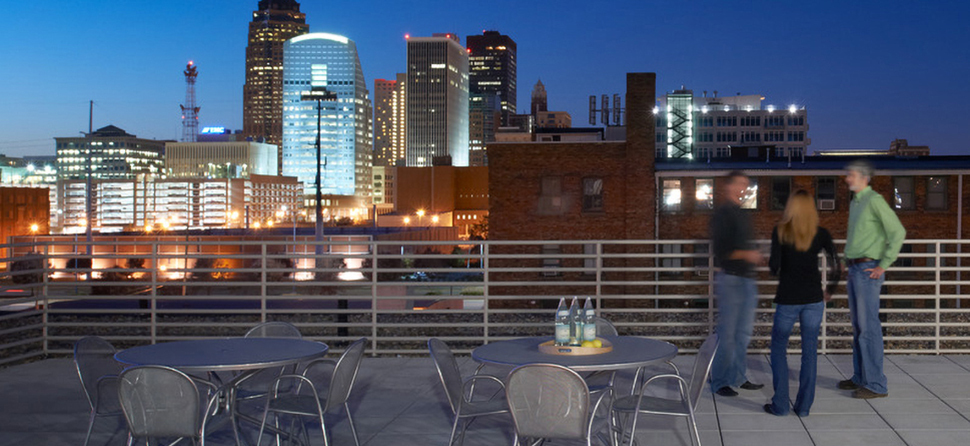The next generation of housing: Cross-generational
September 23, 2021
In this three-part series on residential housing, INVISION Partner and Architect Mark Nevenhoven and INVISION Principal and Architect Mike Bechtel sat down to discuss their vision of how cross-generational housing can play a larger role in the housing space moving forward.

Residential design that accommodates multiple lifestyles
Cross-generational housing is a traditional concept that blends multiple generations together through shared living communities and social activities to provide a congenial environment that enhances the relationship of residents across a wide range of ages, according to the Housing Learning and Improvement Network.
“How can older generations share space with a younger population so they can be mentors as they’re going into business as young professionals? What type of housing could you develop that is appropriately priced?” asked Nevenhoven.
As the Des Moines metro population continues to increase, so does the number of available and total residences within the downtown area. According to the U.S. Census Bureau, Des Moines grew 4.9% over the past 10 years to 214,000 residents. After a five-year construction boom resulted in more than 10,000 new units in the Des Moines metro, vacancy rates reached a high at the beginning of 2020 despite the increased population, according to the Des Moines Register.
“When you look at a city like Des Moines where we’ve hit a level of certain types of housing within the downtown community, you need to ask what’s going to generate interest in the next type of housing?” asked Nevenhoven. “For instance, how do you get a family to move into downtown Des Moines?”
A closer look at downtown
Some of the potential barriers that are keeping families from relocating to downtown Des Moines include: land availability and associated cost, few residential amenities including grocery options, lack of a preexisting, family-oriented community, and developers unwilling to take risk in the housing market according to Bechtel and Nevenhoven.
“There are land availability issues, but there are pockets that could be developed,” said Nevenhoven. “Because land is so prime downtown, you have to figure out how to build higher density with amenities to bring those groups together.”
Another priority in building the downtown population housing market is to provide residents with adequate and proximal amenities.
“We used to say the barrier for people living downtown was the grocery store,” said Bechtel. “Now we have Hy-Vee downtown, but how do you bring in the competition to broaden that scale?”
According to the 2019 American Community Survey, the latest U.S. Census Bureau release, 82.5% of households in downtown Des Moines were non-family households. The average number of occupants in a downtown residence was two, while the average age of a downtown resident was 29 years old.
“What amenities need to be put in place by the city, by a developer, by a public or private partnership that will encourage a family of four to move out of the suburbs? What’s going to incentivize them to move into the core of a city?” asked Nevenhoven.
Lastly, it’s important these new residential housing concepts be a real asset to their communities, even if that means taking on a higher associated risk and receiving lower margins from the project.
“What type of developer or builder is going to come in and truly assess what the need is within our communities?” asked Nevenhoven.
Cross-generational housing can be an effective solution for future residential housing plans in the Des Moines metro, but it can’t be the only answer. A look at the Denver-based, Taxi by Zeppelin community in our next article provides an example of another housing trend that allows for a unique lifestyle.